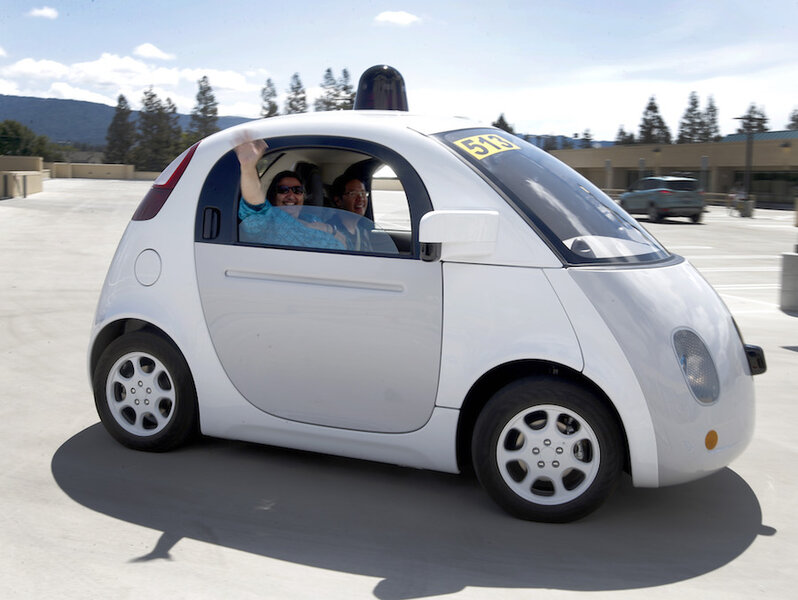Baidu wants a shift in how we think about self-driving cars
Loading...
A search engine giant is about to bring self-driving cars to the United States. The twist: it isn’t Google.
Baidu, sometimes called the “Google of China,” says it wants to test self-driving cars in the US. The company hopes to have vehicles autonomously transporting passengers in 2018.
Baidu’s secret weapon in the race for autonomous vehicles is chief scientist Andrew Ng. Mr. Ng has previously made significant contributions to artificial intelligence at Stanford University and Google. But now Ng is focusing less on the tech and more on how people, and policies, look at cars.
“Because computers see and understand the world differently, they will drive differently than people. Artificial intelligence (AI) is making tremendous strides, but for the near future, we should not expect computers to drive in the same way as humans,” Ng stated in a column he wrote for Wired.
The rules of the road used today were established for cars with human drivers. In the future, AI technology could adapt to program autonomous cars to follow those rules. But for now, several shortcomings could prevent a vital new technology from efficiently and effectively entering the market if people expect it to behave like humans, Ng argues.
Autonomous drivers still linger behind their human counterparts in small areas. Construction on a road diverting cars, traffic cops directing an intersection, or large trucks with “Wide Turns” signs may seem like minor inconveniences, but for autonomous cars they could be deal breakers, according to Ng.
Alternatively, self-driving technology offers no blind spots, near instantaneous reaction times, and removes human error from driving – robots are never drunk, tired, or texting while driving.
How to reconcile the two sides of self-driving vehicles? Ng says only modest changes are needed to transportation infrastructure. People directing traffic could use apps or wireless beacons to communicate with autonomous cars, plans could be filed in advance, and emergency vehicles would need to be equipped with technology beyond sirens and flashing lights.
“The (artificial intelligence) is good enough where the changes to infrastructure are modest,” Mr. Ng said in an exclusive interview with The Wall Street Journal.
Regulatory agencies in the United States have been relatively accommodating to self-driving technology. The National Highway Traffic Safety Administration (NHTSA) has hailed the tech as a revolution that could save thousands of lives. However, too much change too fast is unlikely to be accepted.
The NHTSA released a study last week that warned automakers that self-driving cars without built-in human redundancies, like steering wheels and pedals, would not have an easy time making it to the streets, The Christian Science Monitor reported.
Legislation being crafted at the state level also indicates policymakers are unlikely to give up seeing driving from a human perspective. A draft bill in California would require self-driving cars to have a licensed driver in them to operate.
Baidu’s plans include launching self-driving shuttles that operate in loops in China by the end of 2018. The company has not yet decided if the vehicles will include steering wheels, according to The Wall Street Journal.








